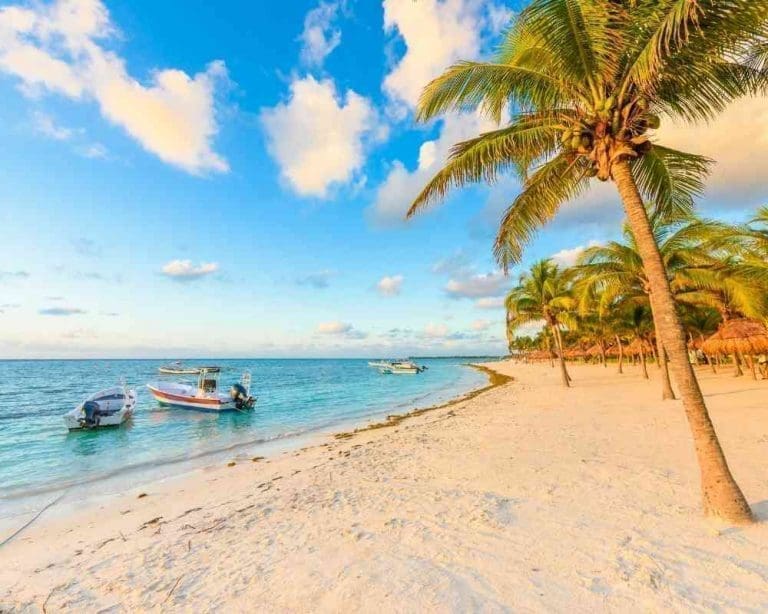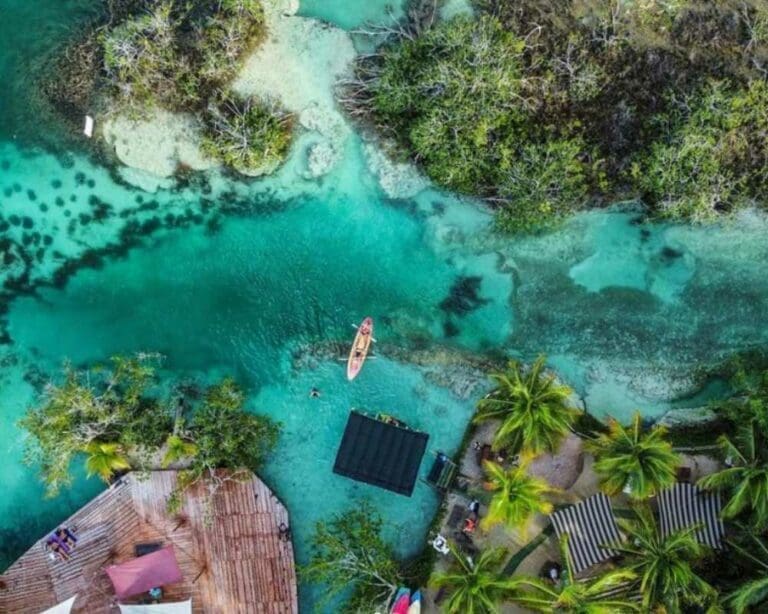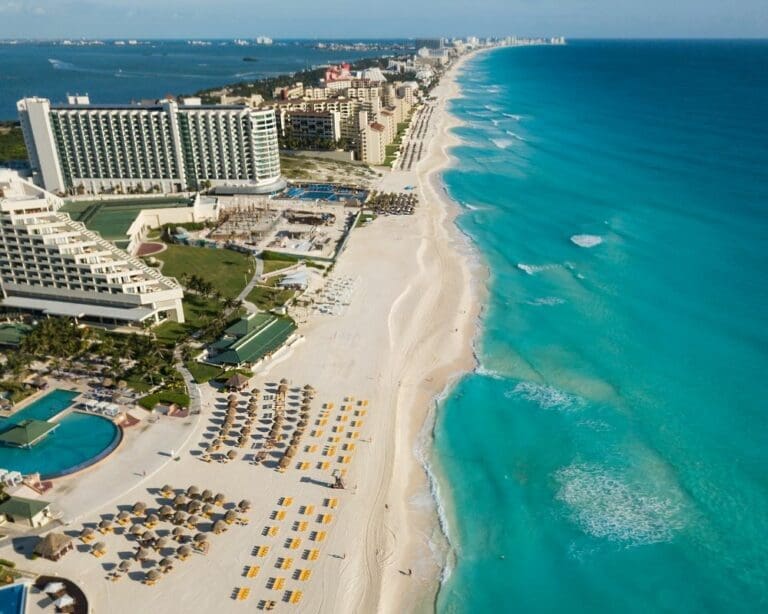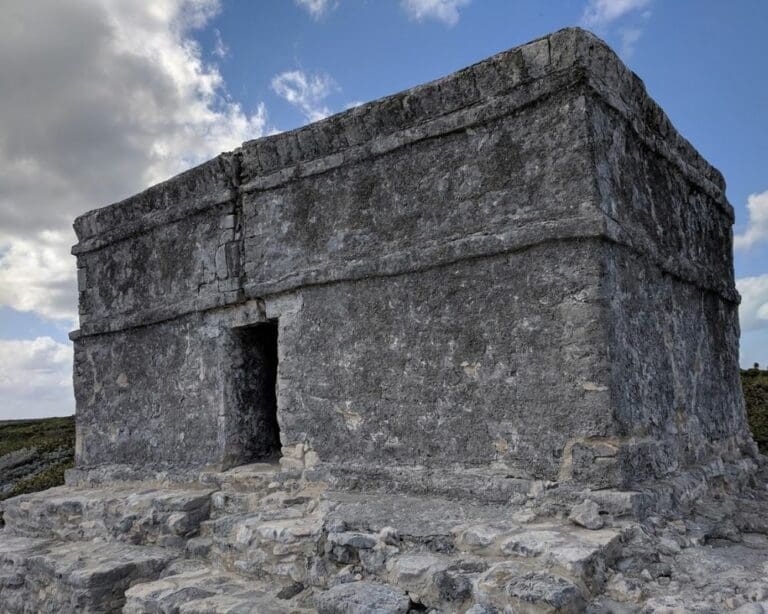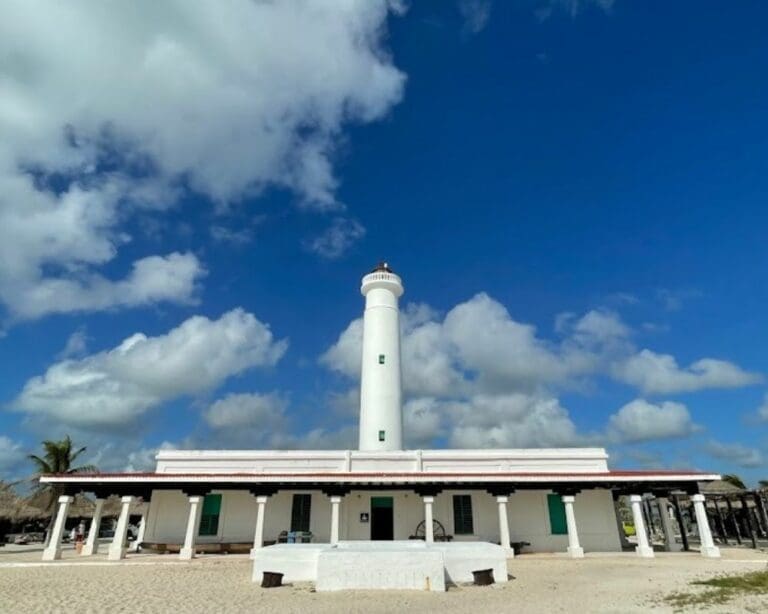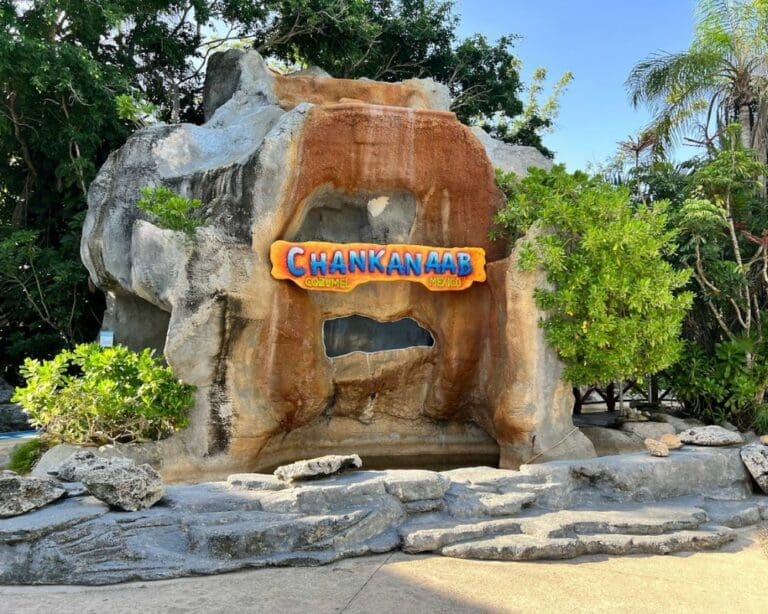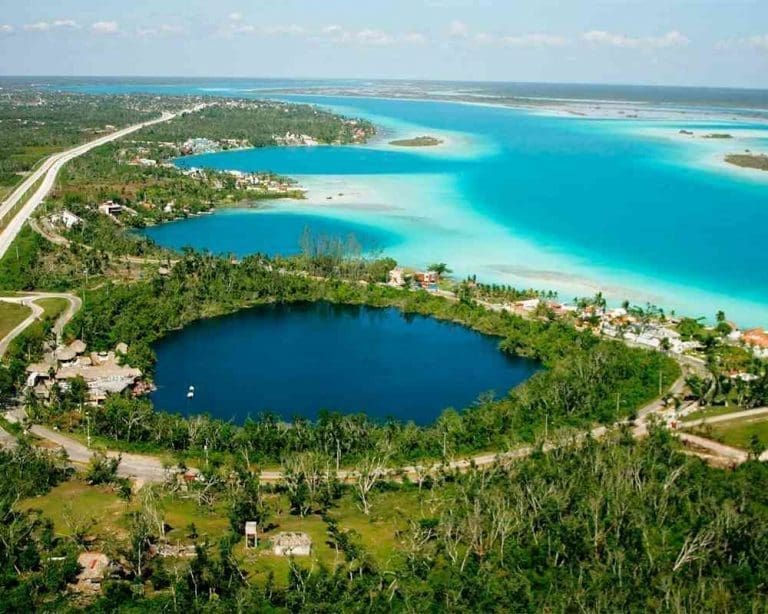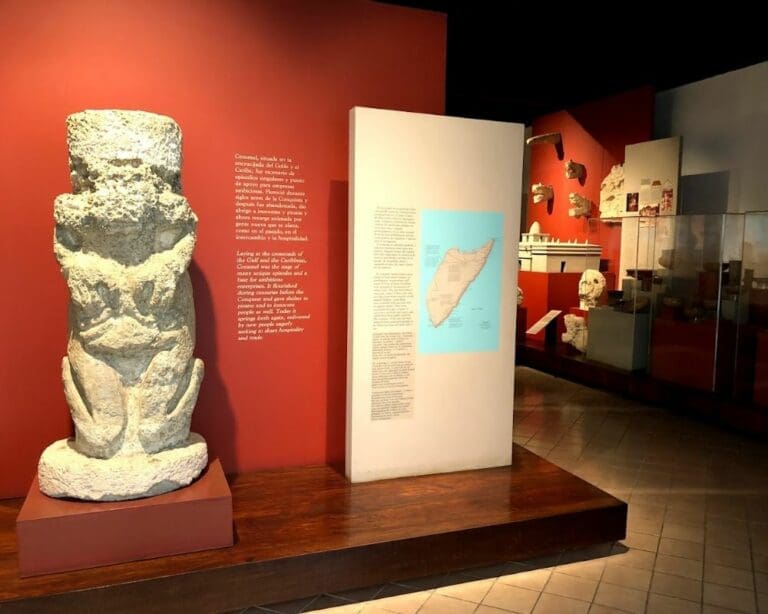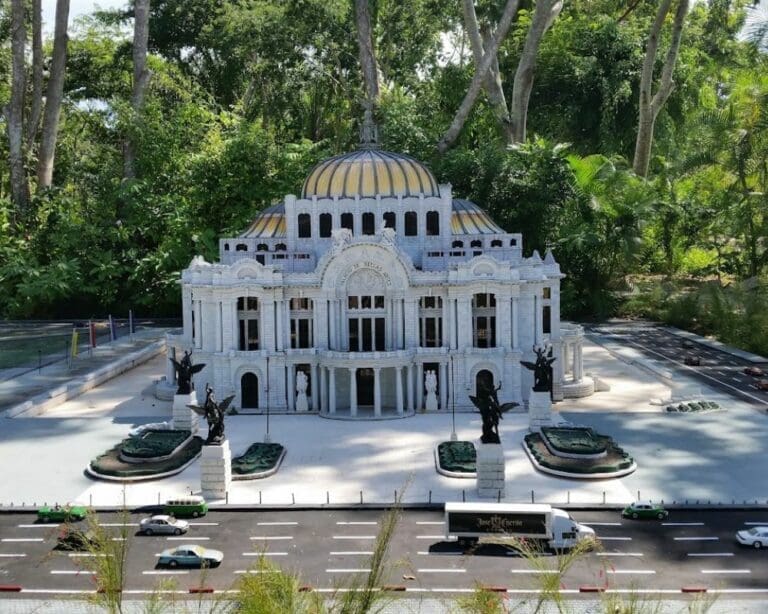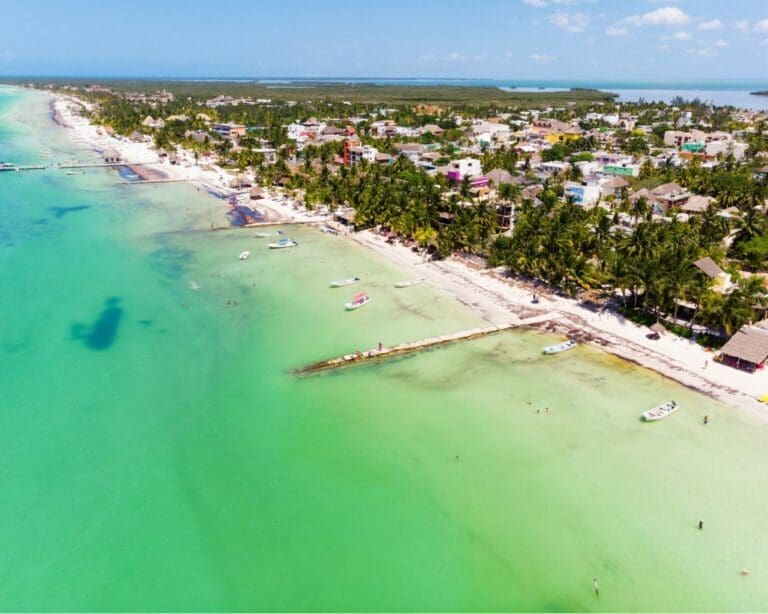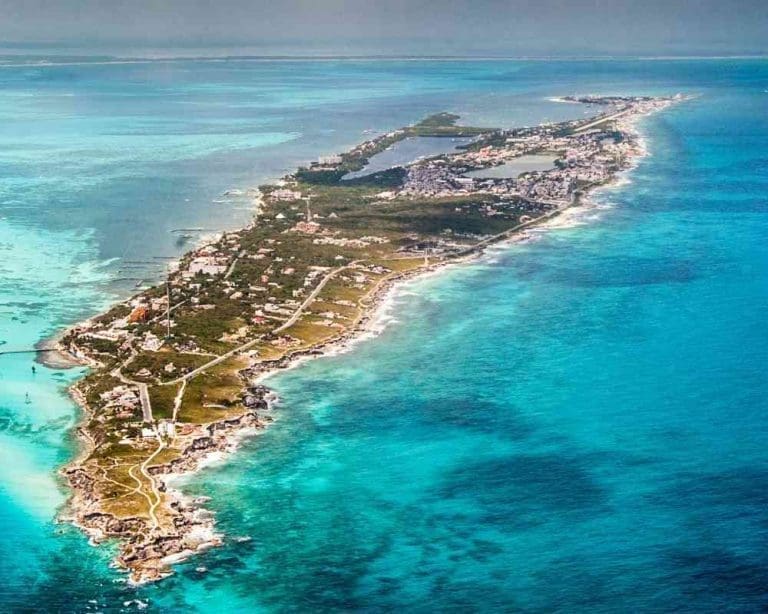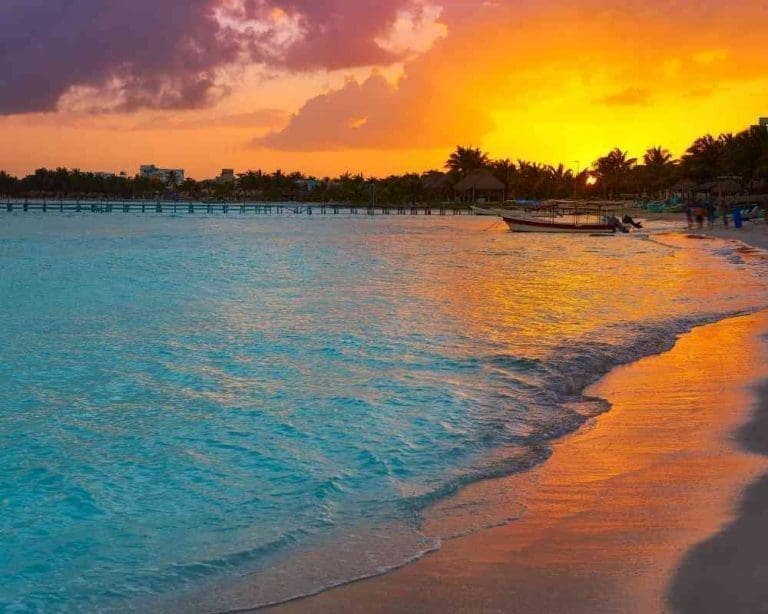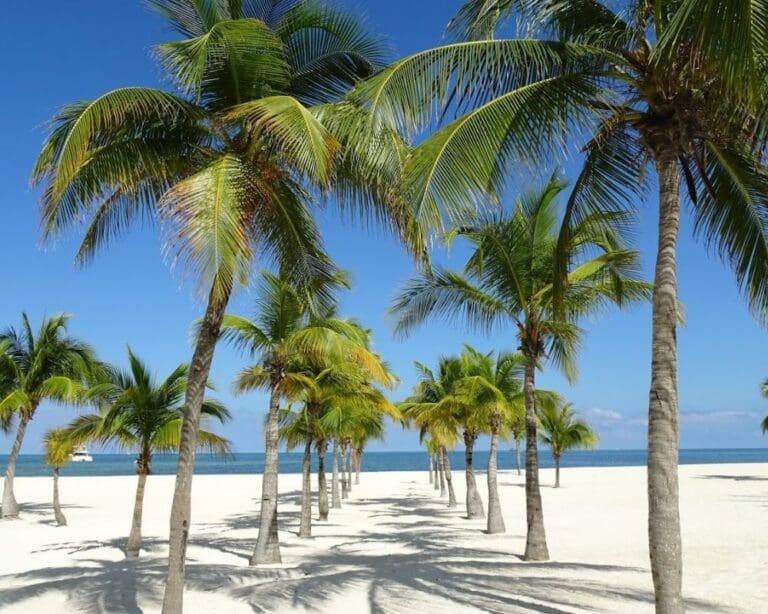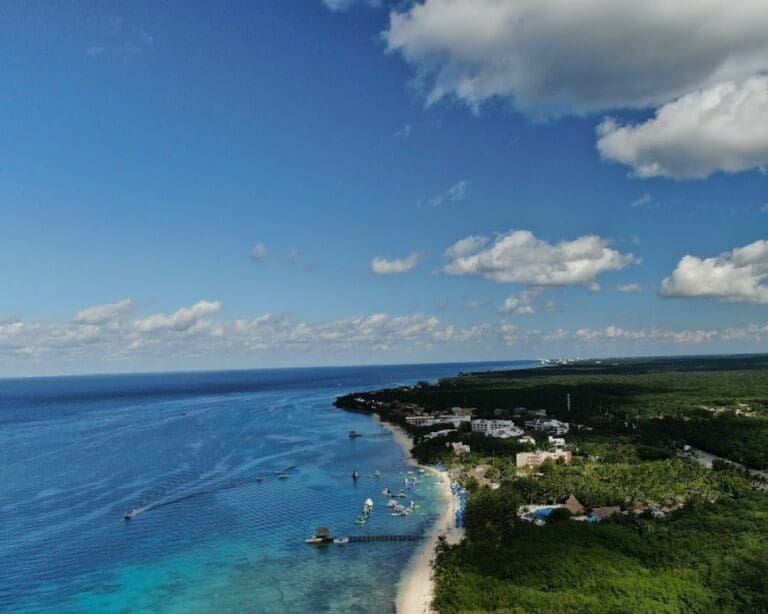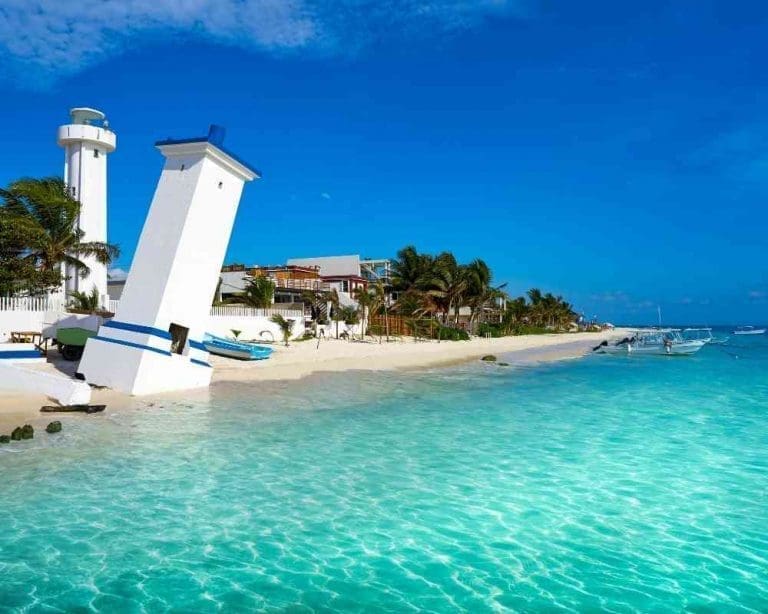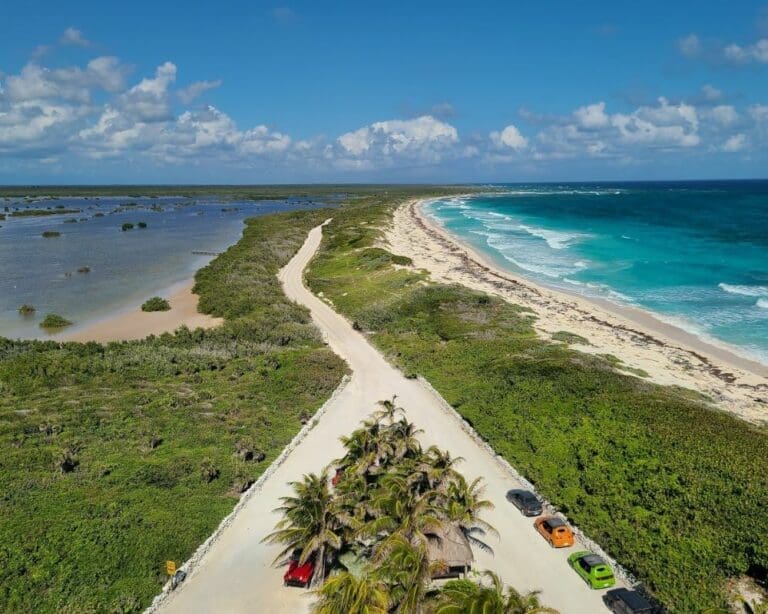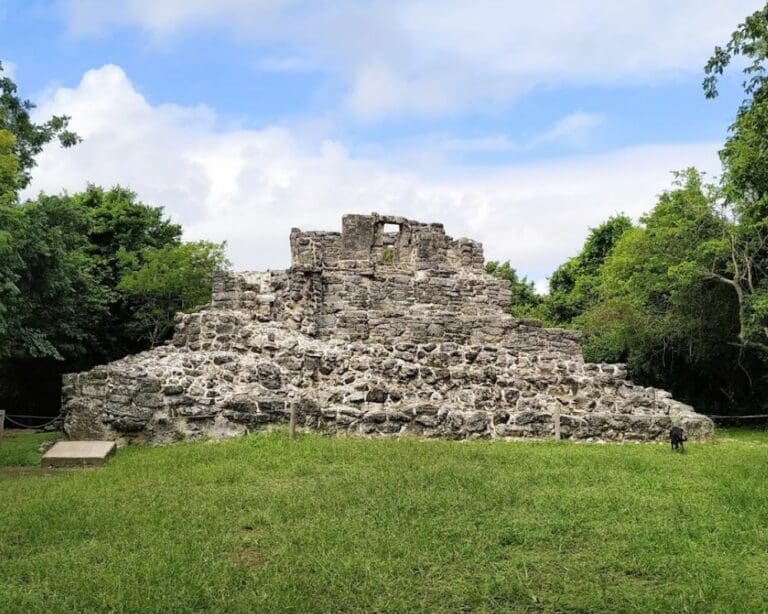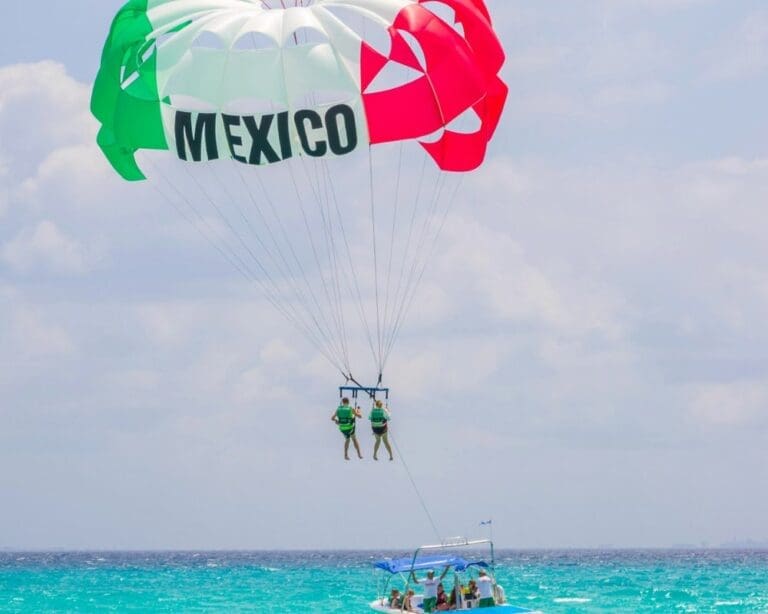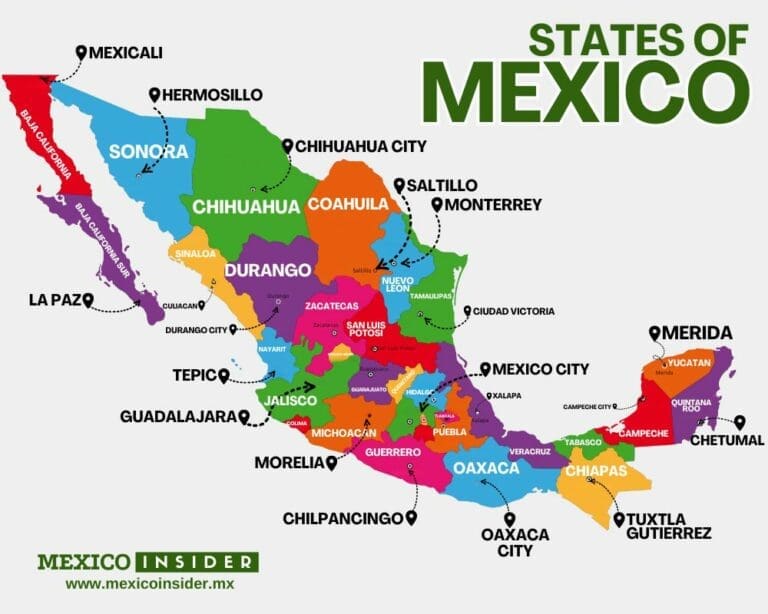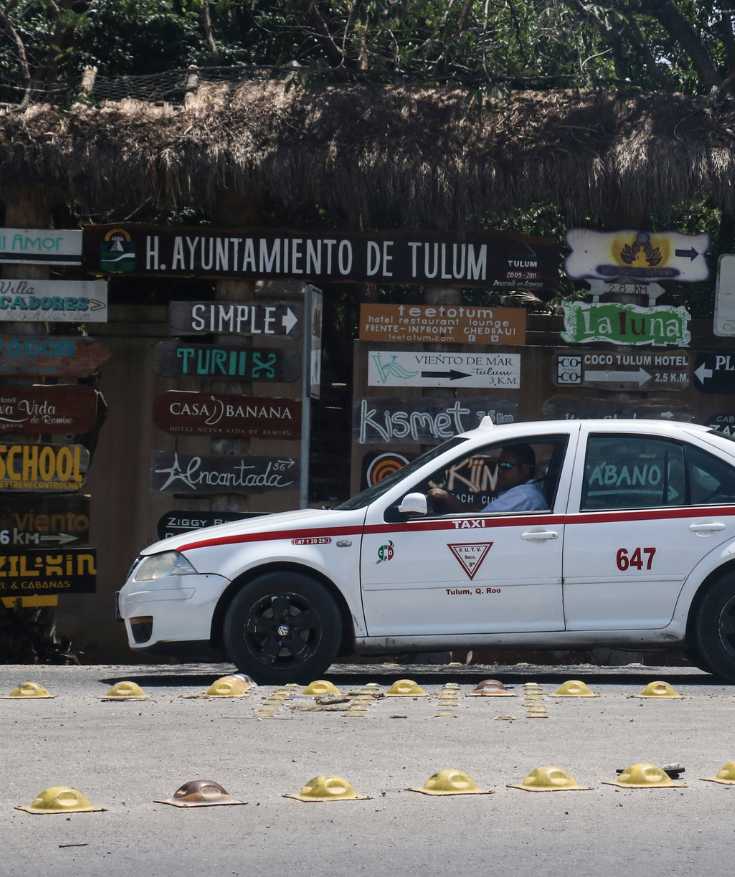Quintana Roo Attractions
Quintana Roo is a Mexican state on the Yucatán Peninsula, known for its Caribbean coastline, white-sand beaches, and resort destinations like Cancún, Playa del Carmen, and Tulum, offering a mix of ancient Mayan ruins, cenotes, and vibrant marine life.
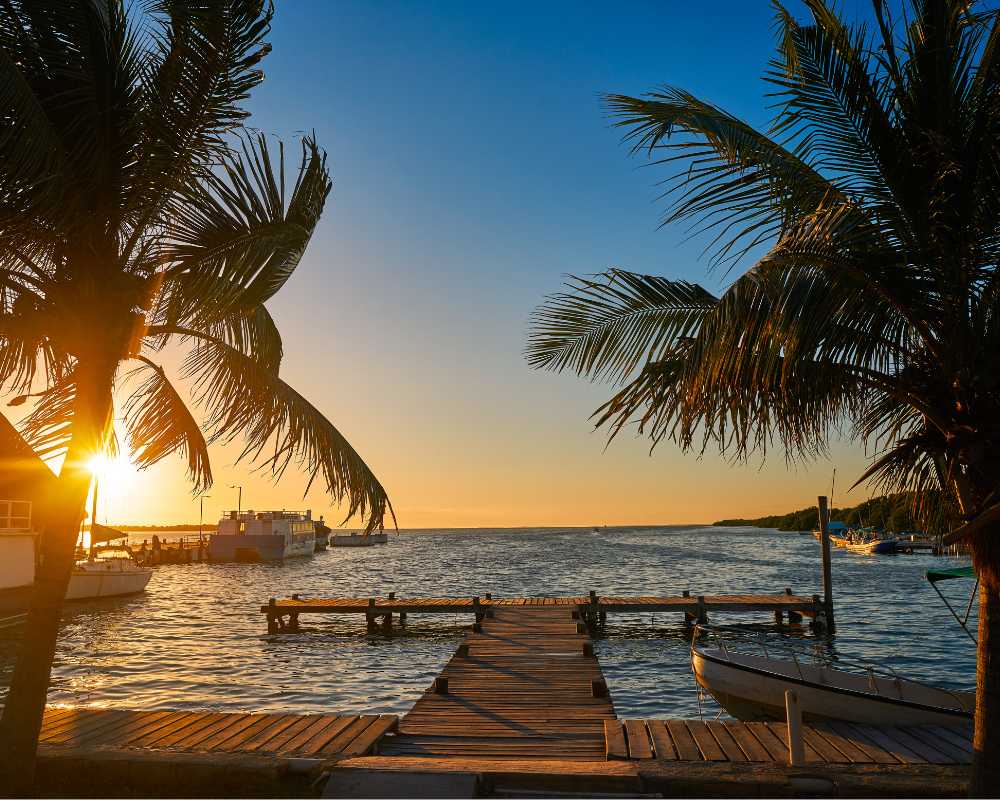
QUINTANA ROO QUICK INFO
- 🇲🇽 Capital: Chetumal
- ⏰ Timezone: Eastern Standard Time (EST)
- ✈️ Airports: Cancun International Airport (CUN)
- 🚩 Size/Area: 50,212 km²
- 🧑🤝🧑 Population: 2.8 million (2020)
- 📅 Year of Statehood: 1974
Quintana Roo is a state located in southeastern Mexico, on the eastern part of the Yucatán Peninsula.
It was established as a state on October 8, 1974, and is named after Andrés Quintana Roo, a Mexican lawyer, poet, and journalist who was a significant figure in Mexico’s fight for independence from Spain.
The state is renowned for its significant Mayan archaeological sites, such as Tulum and Coba, its stunning Caribbean beaches, and the Mesoamerican Barrier Reef, the second-largest coral reef system in the world.
Quintana Roo’s capital is Chetumal, and the state plays a crucial role in Mexico’s tourism industry, attracting millions of visitors annually to its resorts, beaches, and historical sites.
Quintana Roo stands out for its unparalleled natural beauty, featuring the Riviera Maya, a stretch of Caribbean coastline famed for its pristine beaches, clear turquoise waters, and luxury resorts.
Its unique blend of cultural heritage, evident in the ancient Mayan ruins dotting the region, and natural wonders, including the Great Mayan Reef, offers a diverse range of activities from snorkeling and scuba diving to exploring historical sites.
The state’s vibrant ecosystems, such as the Sian Ka’an Biosphere Reserve, further highlight its ecological significance.
Quintana Roo’s blend of history, culture, and natural beauty makes it a captivating destination for travelers worldwide.
Quintana Roo Travel Essentials
Quintana Roo Attractions (A-Z)
Random destination of the day
Discover more Quintana Roo attractions
We customize tours in Quintana Roo!
Get in touch with us at Insider Travel to get a quote. No hidden costs, just simple prices.

